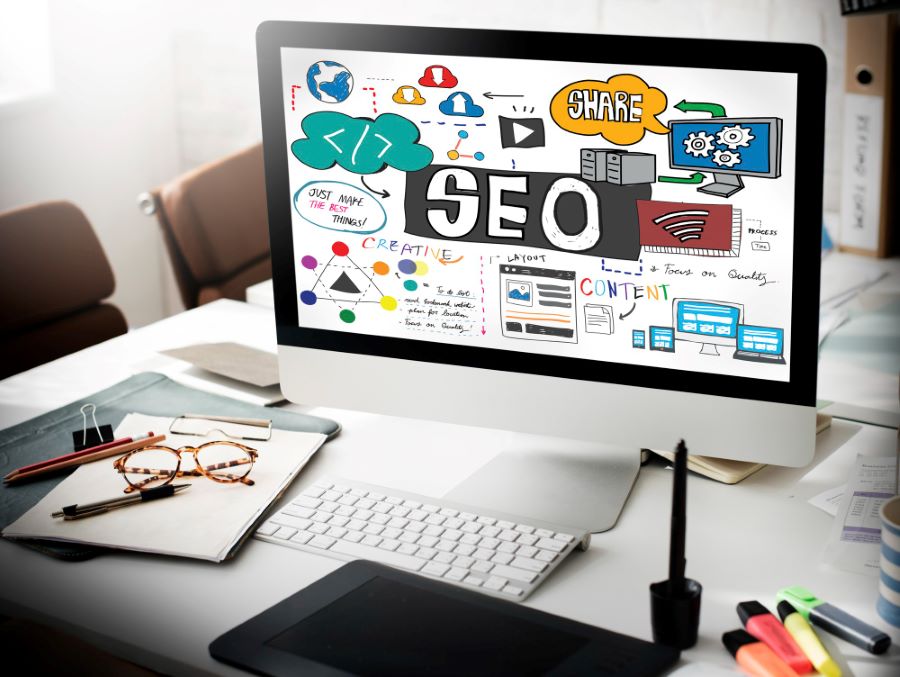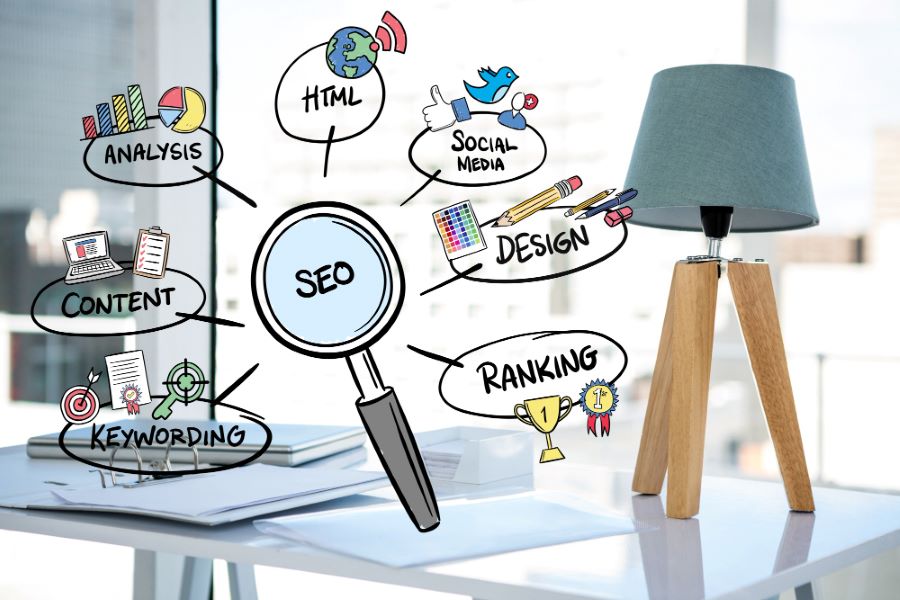The need for and understanding of the multifaceted world of search engine optimization (SEO) has become essential for every company, including those in the accounting and business management sectors. Improving the online visibility of the excellent business blogs of accountants and business managers is paramount for readers.
This article looks at the crucial role of SEO agencies in improving a company’s online visibility. By exploring various SEO strategies such as website audits, keyword research, on-page and off-page optimization, content creation, link building, analytics, and reporting, we aim to illuminate the path for businesses striving to achieve digital excellence.
Website audit – unlocking potential of online presence
The first step of any solid SEO strategy starts with a comprehensive site audit. This critical assessment serves as a health check of the website, identifying areas for improvement and opportunities for optimization.
A thorough website audit scrutinizes site structure, user experience, content relevance, and technical SEO issues. The results of this audit provide SEO agencies with a roadmap to develop a strategy and implement the necessary changes.

Keyword research – foundation of SEO success
Keyword research is at the heart of any SEO campaign. This process involves identifying the words and phrases that potential customers use in search engines when looking for services or information related to your business.
Effective keyword research is not just about volume but about understanding user intent and tailoring your content to those needs. SEO agencies use various tools and analytical data to create a targeted list of keywords that form the basis of content creation and optimization strategies.
On-page optimisation – improving content and structure
On-page optimization refers to actions taken directly on your website to improve its position in search rankings. This includes optimizing page titles, meta descriptions, and headings and ensuring that the content consists of the selected keywords and is informative and valuable to the reader.
SEO agencies also focus on improving a website’s usability and speed, critical factors in search engine algorithms. This careful attention to detail ensures that your website is found and valued by search engines and users alike.
Off-page optimisation – building authority off-site
On-page optimization focuses on your website’s content and structure, while off-page optimization involves actions taken outside your website to influence your position on search engine results pages (SERPs). This includes link-building, social media marketing, and influencer outreach strategies.
The aim is to build your site’s authority by obtaining high-quality backlinks from established sites in your industry. Website SEO audit agencies play a crucial role in off-page optimization, using their networks and expertise to improve your site’s credibility and visibility.

Content creation – essence of digital visibility
Content creation is at the heart of SEO. It involves not only including keywords but also creating valuable, engaging, and informative content that meets the needs of your audience.
SEO agencies often have dedicated teams of content developers and marketers specializing in different types of content, from blog posts and articles to videos and infographics. Effective content not only helps to improve your search engine rankings but also to build brand authority and trust with your audience.
Link building – strengthening your digital image
Link building is the foundation of off-page optimization, which involves getting other reputable sites to link to your site. This practice is essential because search engines consider backlinks a sign of trust.
The more quality links your site has, the more authoritative and trustworthy it appears, which can significantly impact your site’s ranking. SEO agencies use several link-building techniques, including guest blogging, broken link building, and shared content building.
Analytics and reporting – improving strategies
The only way to know if your SEO efforts are paying off is through careful analysis and reporting. SEO agencies use advanced tools to track the performance of your website and SEO campaigns.
Analyzing metrics such as traffic, engagement rates, conversion rates, and keyword rankings. These insights allow agencies to refine and adapt strategies, ensuring that your SEO initiatives align with your business goals.
SEO trends for readers
Accountants and business managers need to keep up with the latest SEO trends. Voice search optimization, artificial intelligence, mobile crawling, and user experience (UX) are just some of the trends shaping the future of SEO.
By keeping up with these trends, businesses can improve their online presence. And ensure that their services remain accessible and relevant to their target audience.
Empowering business through SEO
Navigating the complex SEO landscape can be daunting for readers. However, building a solid online presence must be balanced in today’s digital world.
SEO agencies offer a lifeline, providing the expertise and resources needed to boost your website’s position in search engines and connect more effectively with your target audience. Through a strategic partnership with an SEO agency, accountants and business managers can leverage SEO capabilities to build their digital presence.
Please check out these articles:
























